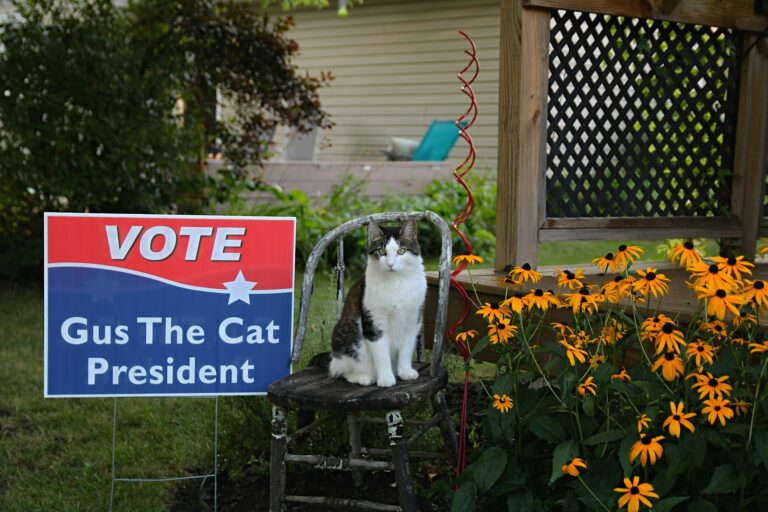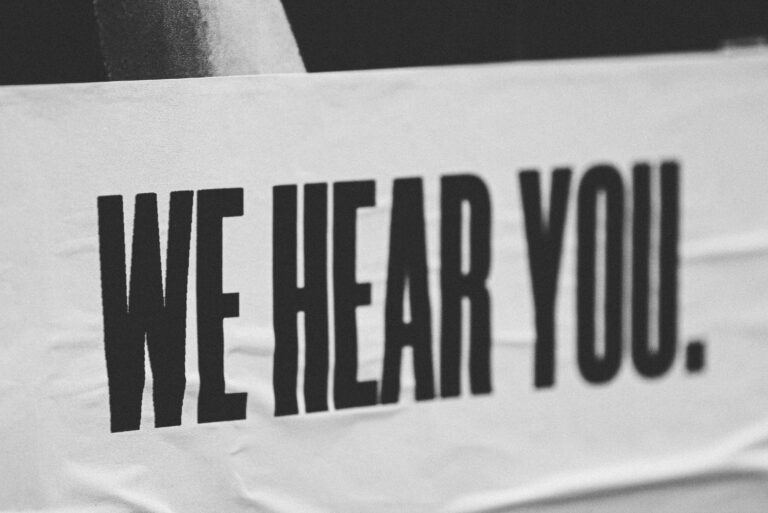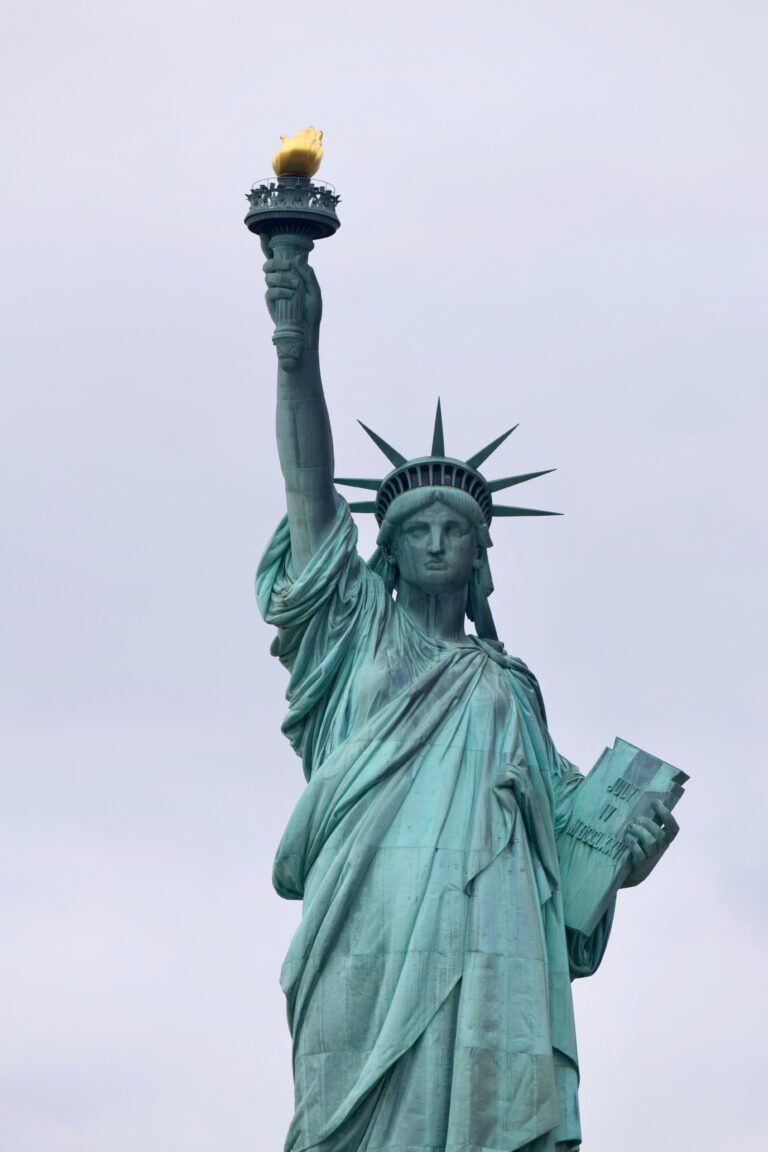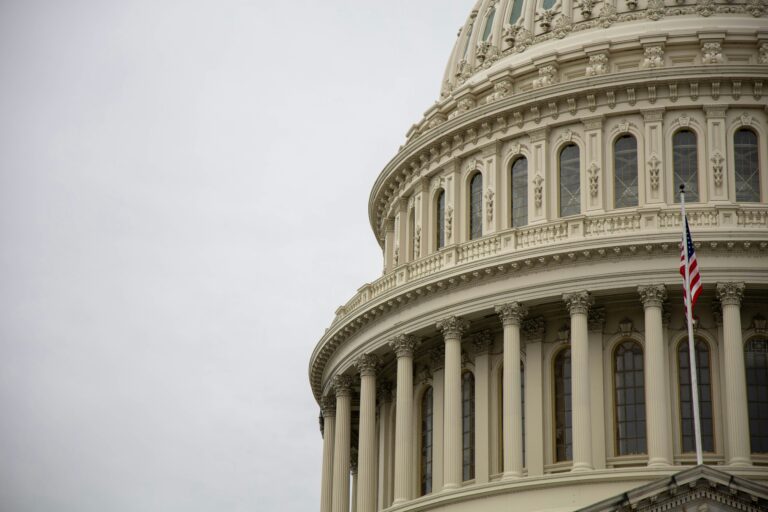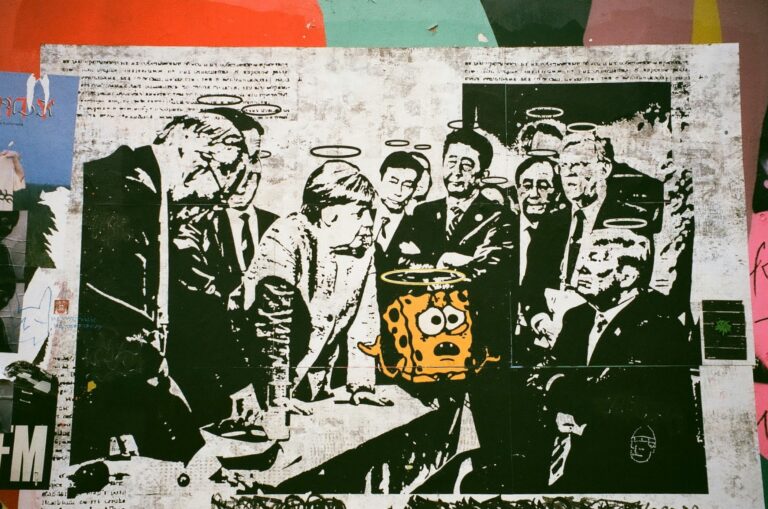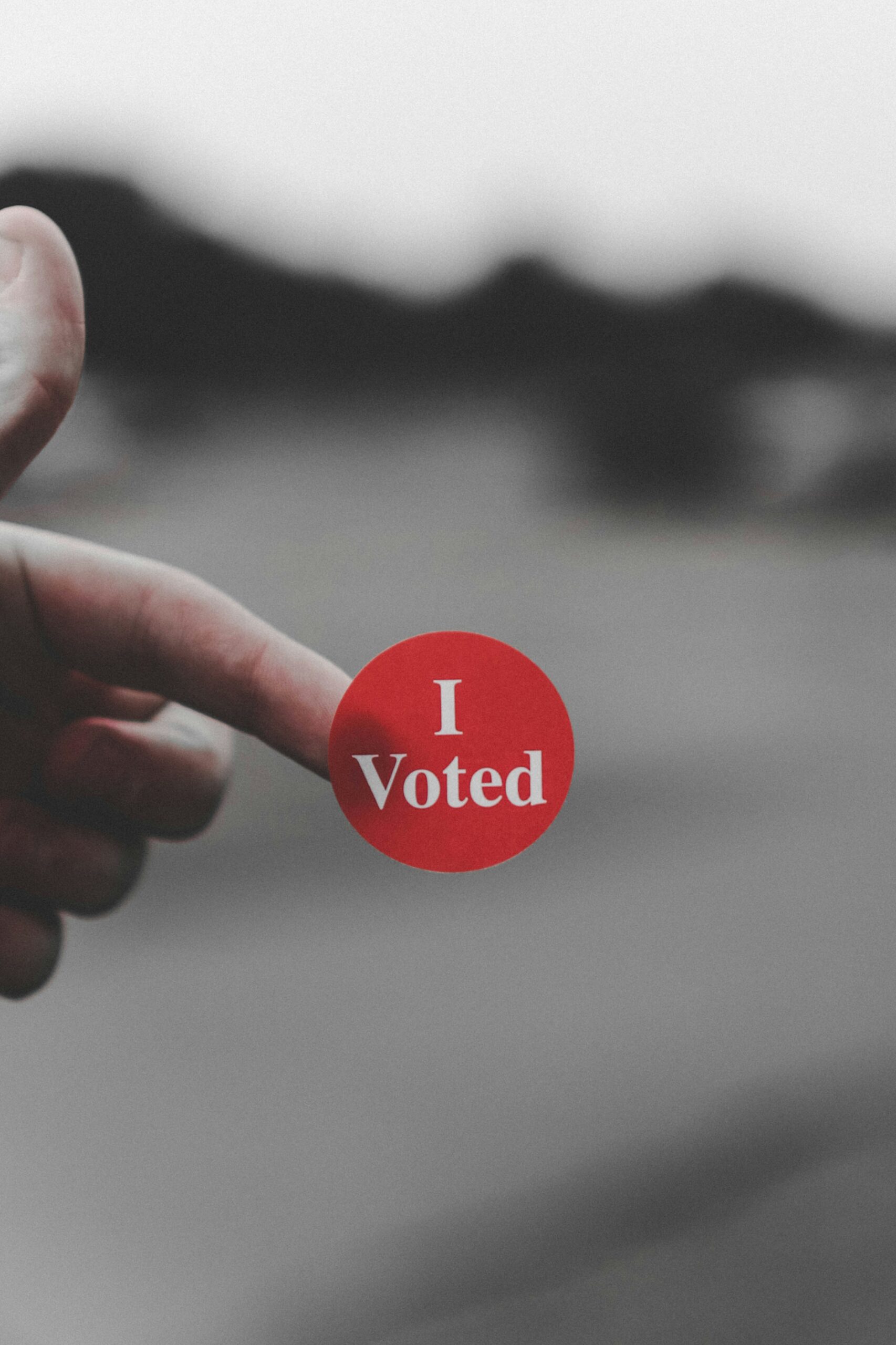
Labor unions and workers’ movements have been key players in American politics for over a century, influencing policies, supporting candidates, and shaping the outcomes of major elections. From advocating for fair wages and safe working conditions to fighting for healthcare and pension benefits, unions have championed the rights of workers and provided a political voice for the working class. In today’s politically divided landscape, their influence remains potent, especially in key swing states where the support of organized labor can be decisive.
With labor unions experiencing a resurgence in new industries and political polarization driving more Americans to take sides on labor issues, the power of organized labor has gained renewed relevance. This article explores the role of labor unions and workers’ movements in shaping elections, focusing on how they influence voter turnout, political platforms, and election outcomes, particularly in battleground states where every vote counts.
1. The Historical Role of Labor Unions in American Politics
Labor as a Political Force
Labor unions have played a pivotal role in American politics since the early 20th century, mobilizing workers, lobbying for labor-friendly policies, and aligning with political parties that support workers’ rights. The New Deal era solidified the alliance between labor unions and the Democratic Party, a partnership that has persisted for decades. Through collective bargaining, unions have improved wages, working conditions, and benefits for millions, while also shaping legislative agendas and supporting pro-labor candidates.
Unions as Voter Mobilizers
One of the primary ways unions influence elections is by mobilizing their members to vote. Through voter registration drives, canvassing efforts, and endorsements, unions help turn out a large bloc of motivated voters. Labor’s ability to organize and turn out voters is particularly impactful in elections where small margins can decide the outcome.
Reflection on Labor’s Role:
Labor unions have long been one of the most reliable forces for progressive policies and political engagement. By rallying workers around issues that impact their lives directly, unions provide a means for working-class Americans to participate actively in democracy.
2. Labor’s Influence in Swing States: The Power of Collective Voting
The Importance of Swing States
Swing states like Pennsylvania, Michigan, and Wisconsin are home to large populations of unionized workers, particularly in industries such as manufacturing, construction, and transportation. These states have historically leaned Democratic, thanks to the influence of organized labor, but in recent years they have become battlegrounds. Union support in these states can be pivotal, often determining the direction of close elections.
Impact on 2020 and 2022 Elections
In the 2020 and 2022 elections, union support in swing states played a significant role. Labor organizations ran extensive voter outreach campaigns, focusing on key issues like healthcare, wages, and workplace safety. For example, in Michigan, labor unions helped mobilize votes in working-class communities that ultimately contributed to Democratic victories in both the presidential and midterm elections. Similarly, unions in Pennsylvania and Wisconsin drove voter turnout in traditionally labor-heavy areas, impacting outcomes in these tight races.
Reflection on Swing States:
Unions’ ability to influence close races in swing states demonstrates their continued importance in American politics. By focusing on states with large working-class populations, labor movements can sway election results, reinforcing the political power of organized labor.
3. Workers’ Movements Beyond Traditional Unions: The New Labor Wave
A New Generation of Worker Activism
In recent years, there has been a resurgence of labor activism outside traditional unions. Workers in tech, retail, fast food, and the gig economy are leading efforts to unionize and advocate for better working conditions. High-profile unionization efforts at companies like Amazon, Starbucks, and Google reflect a growing movement among younger, more diverse workers who see unionization as a path to fair treatment and job security.
Political Influence of New Labor Movements
These new labor movements are increasingly politically active. Many young workers involved in these efforts are advocating for progressive policies such as higher minimum wages, healthcare access, and stronger labor protections. This activism has begun to shift political platforms, especially among Democratic candidates who recognize the importance of appealing to younger, progressive voters.
Reflection on New Labor Movements:
The growth of worker activism in non-traditional industries represents a shift in the labor movement. As these workers engage politically, they bring fresh perspectives to labor issues, influencing candidates and driving a broader pro-labor agenda.
4. Endorsements and Political Clout: How Unions Shape Campaigns
Union Endorsements as a Political Tool
Union endorsements are highly sought after by political candidates, particularly in swing states where labor’s support can be decisive. Unions provide not only endorsements but also financial contributions and volunteer power, giving campaigns valuable resources. Union endorsements signal to members that a candidate’s platform aligns with labor values, driving support from working-class communities.
Financial Contributions and Political Action Committees
Unions also wield influence through financial contributions. Labor unions collectively contribute millions of dollars to political campaigns through PACs (Political Action Committees) and direct donations. In the 2020 election cycle, labor PACs contributed over $100 million to support candidates who prioritized workers’ rights and protections.
Reflection on Union Endorsements:
Endorsements from labor unions help shape political campaigns by rallying support for candidates who champion workers’ rights. This influence not only affects voter turnout but also pushes candidates to adopt pro-labor policies, ensuring that labor issues remain part of the political conversation.
5. The Role of Labor Issues in Political Platforms
Key Issues: Wages, Healthcare, and Job Security
Labor unions have a clear set of priorities that they advocate for, including higher wages, healthcare access, safe working conditions, and job security. Candidates seeking labor’s support often incorporate these issues into their platforms, making labor concerns a focal point of political debate. Issues like raising the minimum wage, expanding healthcare access, and protecting workers’ rights resonate widely among union members, shaping the platforms of labor-endorsed candidates.
Shifting the Conversation on Workers’ Rights
The resurgence of labor movements has also influenced the broader conversation on workers’ rights, pushing issues like paid family leave, worker privacy, and protections for gig workers into the political mainstream. By prioritizing labor issues, unions help frame the national dialogue, influencing voters and shaping policy agendas.
Reflection on Political Platforms:
Labor unions’ influence on political platforms ensures that the needs of workers remain central to policy debates. By championing issues that directly impact workers, unions reinforce the relevance of labor in today’s political climate.
6. Challenges Facing Labor’s Political Influence
Anti-Union Legislation and Right-to-Work Laws
Despite their influence, labor unions face significant obstacles. Right-to-work laws, which allow workers to opt out of joining a union in unionized workplaces, have been implemented in 27 states. These laws weaken unions by reducing membership and funding, making it harder for them to organize and advocate effectively.
Corporate Resistance and Political Lobbying
Many companies invest heavily in anti-union campaigns and lobbying to prevent unionization, arguing that unions drive up costs and reduce flexibility. This resistance poses a substantial challenge, as corporations use their financial and political clout to counterbalance labor influence, particularly in sectors like retail and tech.
Reflection on Labor Challenges:
The challenges facing unions highlight the ongoing struggle between corporate interests and workers’ rights. Despite these obstacles, labor’s political power persists, reinforced by the resilience of workers committed to achieving fair conditions.
7. Labor’s Impact on the 2024 Election: What’s at Stake?
The Power of the Working-Class Vote
In the 2024 election, labor unions are expected to play a crucial role, particularly in battleground states where working-class voters are pivotal. Unions are mobilizing their members around issues like healthcare, wages, and workplace protections, emphasizing the importance of supporting candidates who prioritize labor rights. With high voter turnout expected, union-backed candidates may have a competitive edge, especially in states with large manufacturing or service-sector workforces.
Key Issues for the Labor Vote in 2024
- Healthcare Access: With healthcare costs rising, workers are rallying around candidates who support affordable healthcare, a top priority for many union members.
- Minimum Wage Increases: The push for a living wage is likely to be a central issue in 2024, with unions advocating for a federal minimum wage increase that reflects the current cost of living.
- Worker Protections and Job Security: In an economy that is increasingly dependent on gig and contract work, candidates who support labor protections for non-traditional workers are likely to gain traction among union members and worker advocacy groups.
Reflection on the 2024 Election:
The 2024 election presents a critical opportunity for labor unions to assert their influence and advocate for policies that support workers. With key issues on the line, labor’s political power could prove decisive in determining election outcomes.
Conclusion: Labor’s Enduring Influence in American Politics
Labor unions and workers’ movements have long been a force in American politics, championing the rights of workers and shaping the country’s political landscape. In 2024, their influence remains as relevant as ever, particularly in swing states where union support can determine election outcomes. From advocating for higher wages and healthcare to mobilizing voters and endorsing candidates, unions play a crucial role in ensuring that the voices of working Americans are heard.
As the labor movement expands into new industries and confronts modern challenges, its impact on politics is likely to grow. By shaping political platforms, mobilizing voters, and advocating for fair treatment, unions continue to play an essential role in democracy. Labor’s political power reminds us that the strength of a nation lies in the well-being of its workers—and that by empowering them, we build a more just and equitable society.# The Political Power of Labor: How Workers’ Movements Shape Elections
Labor unions and workers’ movements have been key players in American politics for over a century, influencing policies, supporting candidates, and shaping the outcomes of major elections. From advocating for fair wages and safe working conditions to fighting for healthcare and pension benefits, unions have championed the rights of workers and provided a political voice for the working class. In today’s politically divided landscape, their influence remains potent, especially in key swing states where the support of organized labor can be decisive.
With labor unions experiencing a resurgence in new industries and political polarization driving more Americans to take sides on labor issues, the power of organized labor has gained renewed relevance. This article explores the role of labor unions and workers’ movements in shaping elections, focusing on how they influence voter turnout, political platforms, and election outcomes, particularly in battleground states where every vote counts.

